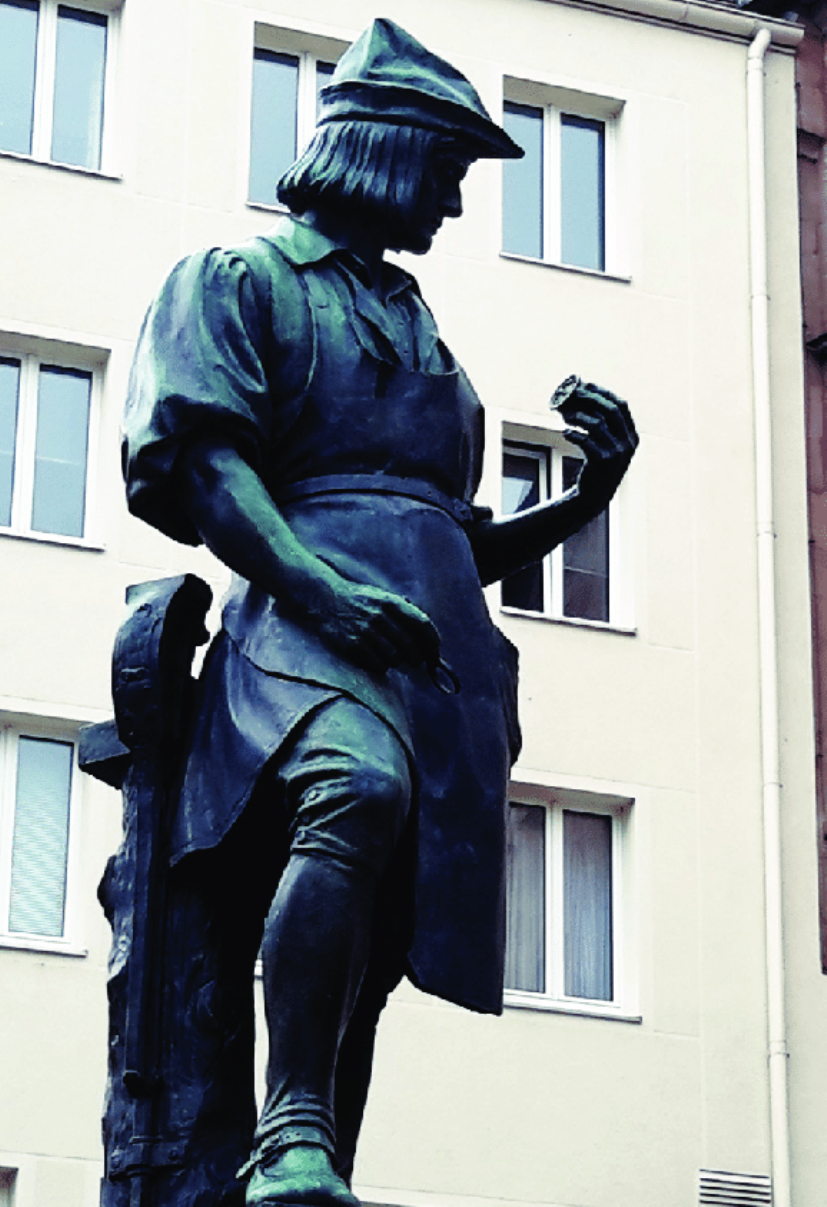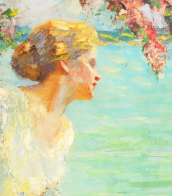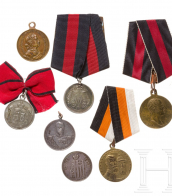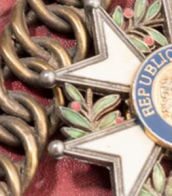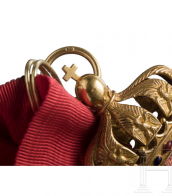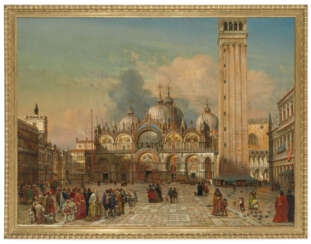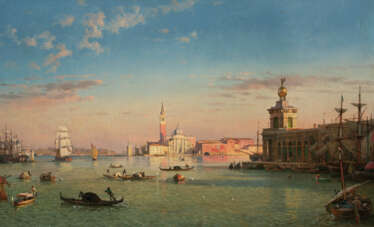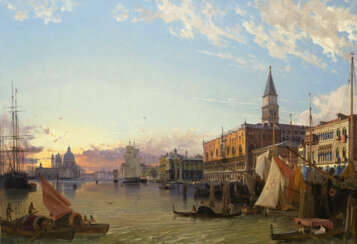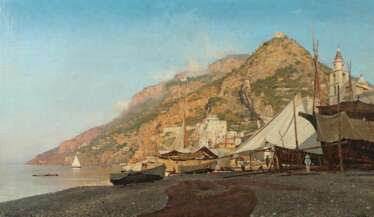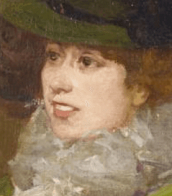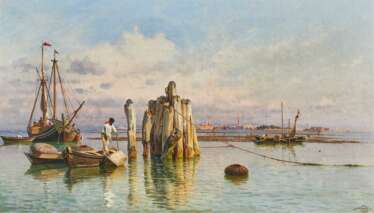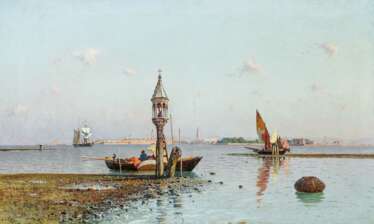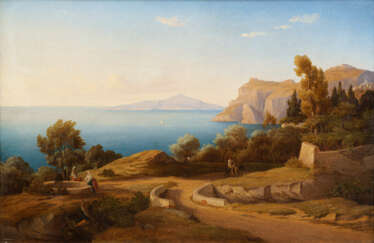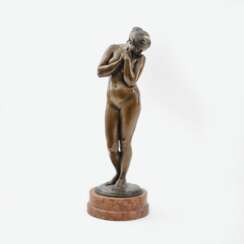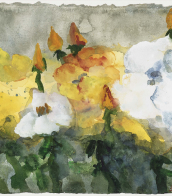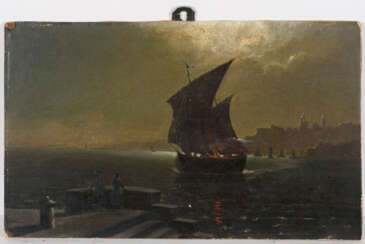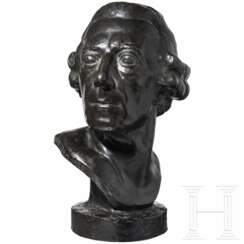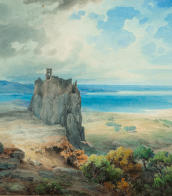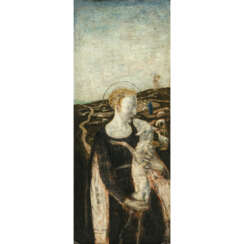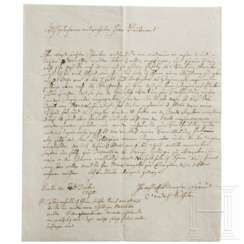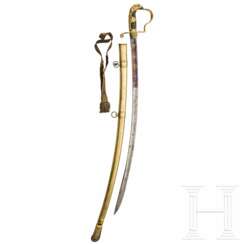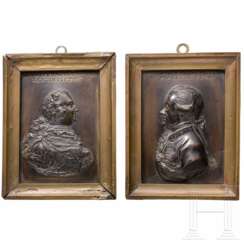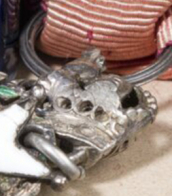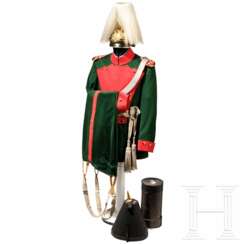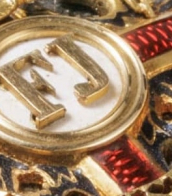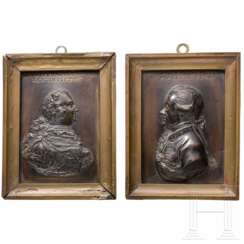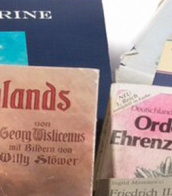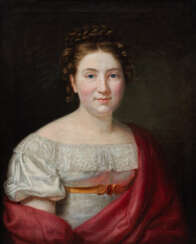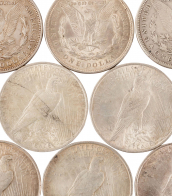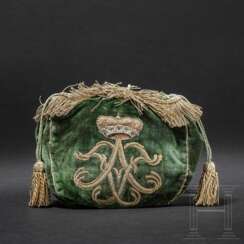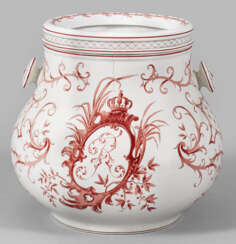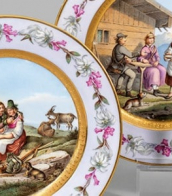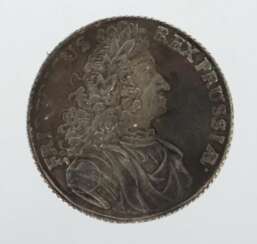friedrich nerly
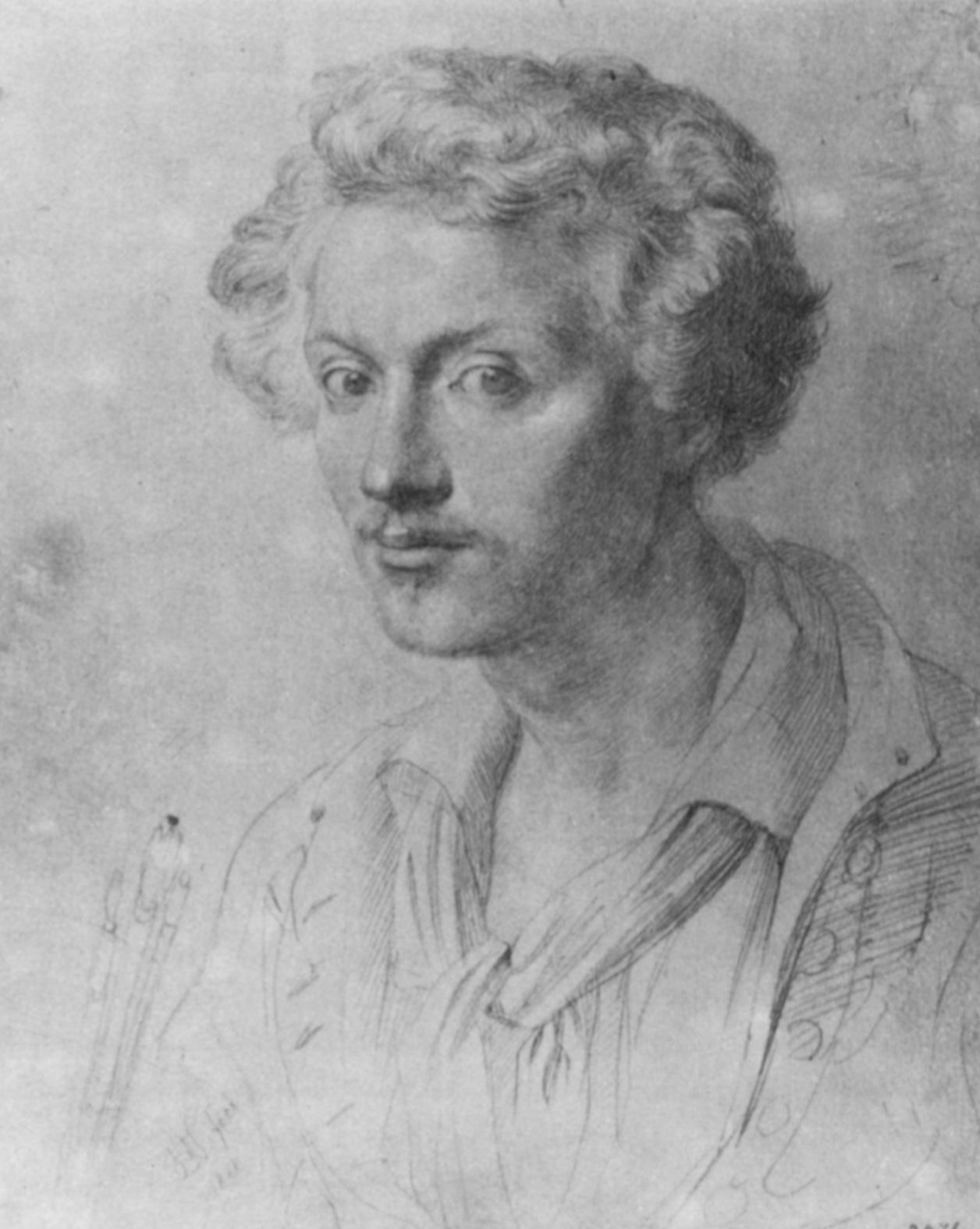
Friedrich von Nerly was a German Romantic painter and collector. He is known for his vedotes from Venice. He is sometimes called 'the Elder' to distinguish him from his son, the painter Friedrich Paul Nerly.
In 1883 his entire art collection was donated to the city of Erfurt by his son Friedrich on the condition that it would be used to create a museum. This was done and the Angermuseum opened in 1886.
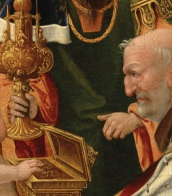

Friedrich von Nerly was a German Romantic painter and collector. He is known for his vedotes from Venice. He is sometimes called 'the Elder' to distinguish him from his son, the painter Friedrich Paul Nerly.
In 1883 his entire art collection was donated to the city of Erfurt by his son Friedrich on the condition that it would be used to create a museum. This was done and the Angermuseum opened in 1886.
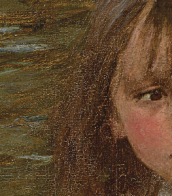

Friedrich von Nerly was a German Romantic painter and collector. He is known for his vedotes from Venice. He is sometimes called 'the Elder' to distinguish him from his son, the painter Friedrich Paul Nerly.
In 1883 his entire art collection was donated to the city of Erfurt by his son Friedrich on the condition that it would be used to create a museum. This was done and the Angermuseum opened in 1886.


Friedrich von Nerly was a German Romantic painter and collector. He is known for his vedotes from Venice. He is sometimes called 'the Elder' to distinguish him from his son, the painter Friedrich Paul Nerly.
In 1883 his entire art collection was donated to the city of Erfurt by his son Friedrich on the condition that it would be used to create a museum. This was done and the Angermuseum opened in 1886.
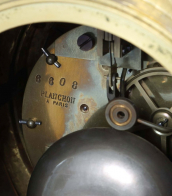
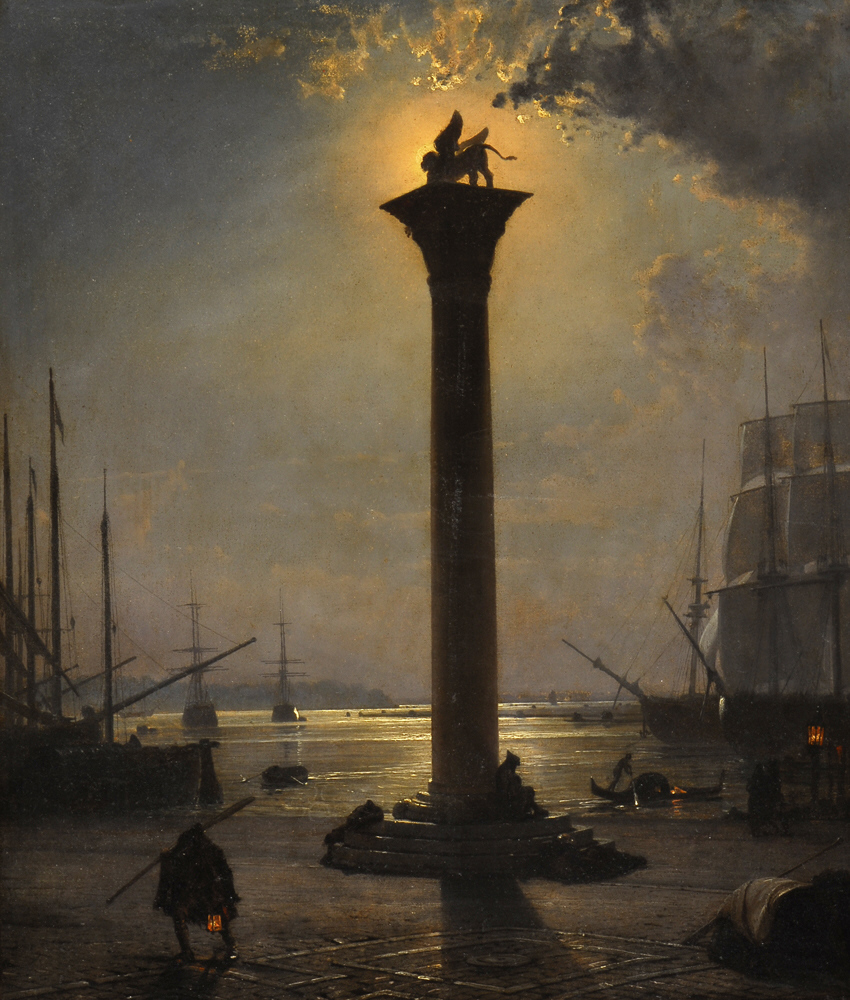
Friedrich Paul Nerly was a German landscape painter. He studied painting with his father, Friedrich Nerly, and at the Academy of Fine Arts in Venice with Professor Eugène de Blaas.
The main themes of Friedrich Paul Nerly's work were Italian port, beach and cityscapes (sunset in the Adriatic Sea, the White Grotto in Capri, the surf on the Amalfi coast, the beach between Ancona and Falconara).
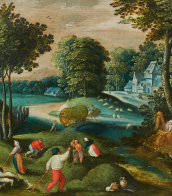

Friedrich Paul Nerly was a German landscape painter. He studied painting with his father, Friedrich Nerly, and at the Academy of Fine Arts in Venice with Professor Eugène de Blaas.
The main themes of Friedrich Paul Nerly's work were Italian port, beach and cityscapes (sunset in the Adriatic Sea, the White Grotto in Capri, the surf on the Amalfi coast, the beach between Ancona and Falconara).
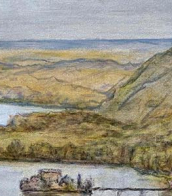
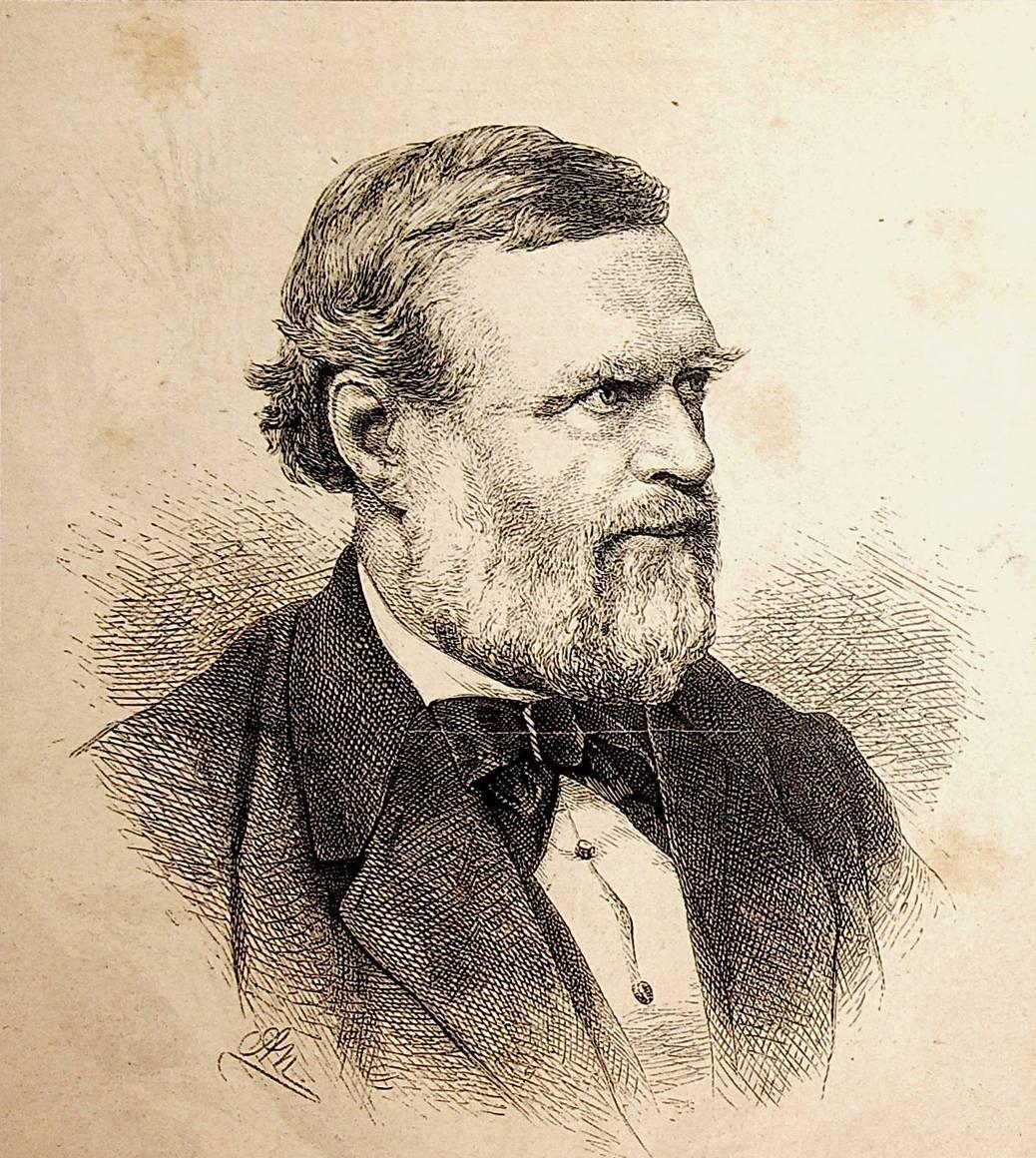
Carl Friedrich Heinrich Werner was a German watercolorist.
Carl Werner studied painting and architecture in Germany, then moved to Italy, where he painted watercolors for nearly twenty years and exhibited in London and other European cities. From 1862 to 1864 he traveled to Palestine and Egypt. He produced impressive paintings of the architectural monuments of that world. Among his works, the voluminous work "Jerusalem, Bethlehem and the Holy Places" with views of the Holy Land, containing 32 plates, is particularly notable. It is one of the rarest books with color plates on the Middle East.
Werner was one of the few non-Muslims given access to paint the interior of the Dome of the Rock, and there are also views of Bethlehem, Bethany, and the Dead Sea, while Jerusalem includes street scenes, the Greek and Armenian chapels, the Church of the Holy Sepulchre, the Street of David, and the Wailing Wall.

